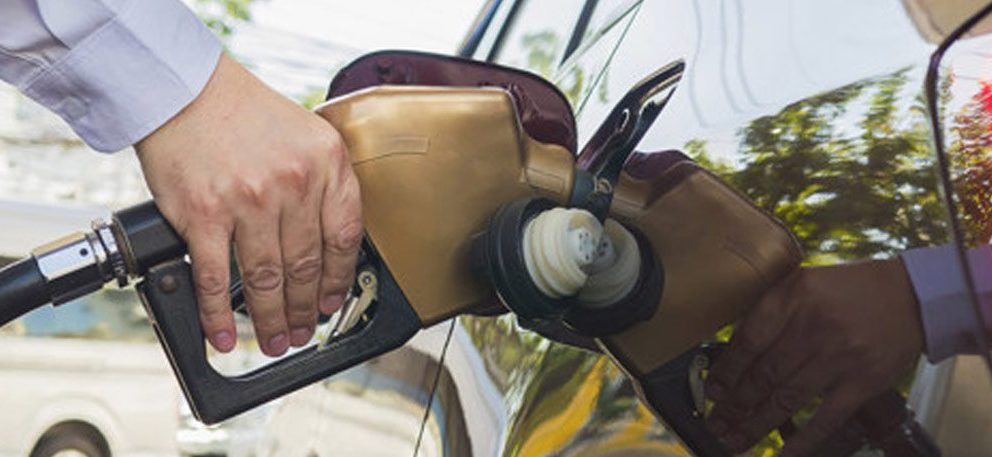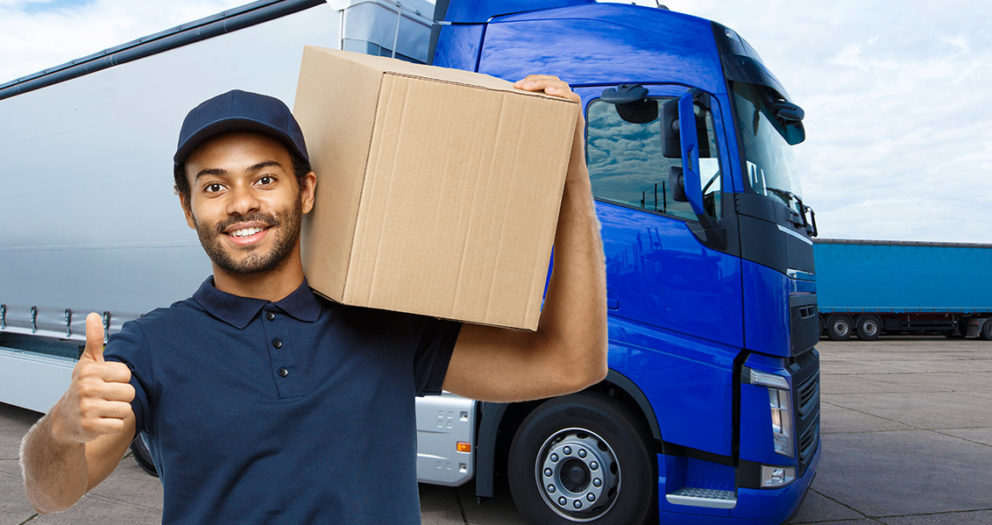How Can Connected Fleet Improve Fuel Efficiency?
- Reasons for the rising oil prices in India.
- Logistics companies have been significantly impacted due to fuel costs shooting up!
- Connected Fleet solutions can reduce fuel expenditures by optimizing routes, minimizing idle times, implementing predictive and prescriptive analytics, curbing unsafe driving behaviour, etc.
Fuel prices are smashing records every day India as they keep on going up! Fuel prices in Delhi on the 8th of March are 91.17 INR and 81.47 INR for petrol and diesel respectively. And if reports are to be believed, the surge is only going to continue!
What is the reason for this substantial increase in fuel prices?
Prices of Brent crude cost as much as $55.48 a barrel in January. This rise comes after prices crashed in late March 2020, because the world entered into a lockdown to curb the spread of the novel Coronavirus. At the time, prices fell from over $70 a barrel in January to around $14 a barrel in end-March. During May, prices surged to $20 again, and the upward trajectory has since persisted.
India imports more than 80% of its crude oil from other countries, so the increase in global prices has naturally had a direct impact on fuel prices in India. As the economy emerged from the lockdown, fuel consumption shot up, so higher imports were required as well. Oil imports in December were about 29% over the previous month, and about 11.6% higher than a year earlier. Part of the rise in fuel prices is due to the new duties and cess taxes levied by the Centre and state governments. It is partly due to the fact that fuel isn’t categorized under the Goods and Services Tax (GST). Since fuel is one of the few revenue sources directly controlled by the Centre and states post-GST, governments have used it to shore up weak budgets.
How are logistics companies affected by rising fuel costs?
When fuel prices rise sharply, it can have a delayed and devastating effect on companies managing or owning a fleet of vehicles, on the other hand customers are not willing to pay anything extra for delivery. Under these circumstances, carriers are forced to raise costs or bear losses. The higher cost of fuel affects logistics companies and shipping partners as well. If it costs more for the freight carrier to transport goods, the shipping partner has to be charged more to compensate. If shipping costs rise, the recipient has to be consequently asked to pay more to make up for those extra costs. Higher fuel costs lead to product inflation and impact every aspect of production transportation along the way.
Other issues that have to be considered are rapid change and price volatility. Logistics organizations generate fuel surcharges based on fuel prices of the previous week. If fuel prices go up swiftly, a lag is created between price of fuel and fuel surcharge rate. This “lag” is what impacts the trucking company’s earnings. With the continual volatility in the price for crude oil, logistics companies are forced to restructure or strategize operations to ensure their profit margins remain unaffected, while avoiding potential setbacks.
How can Connected Fleet solutions reduce fuel expenses?
Using Connected Fleet solution and telematics data, fuel costs can be reduced by almost 20% to 25%. Take a look:
Use Optimization to Plan Efficient Routes
Longer routes mean more fuel consumption. It is vital to structure the route so fuel efficiency isn’t compromised. If drivers take routes out of their way or through known high-traffic areas, this adversely impacts fuel consumption. Using route optimization software, fleet managers can analyse routes and predict the best route drivers can take to reach their destinations. This software also takes unexpected delays and additional stops into account. For instance, congestive traffic, accidents, and road closures can change otherwise viable routes for vehicles. But the software can quickly reroute by providing alternative solutions and dispatch vehicles efficiently.Companies using fleet management solutions can reduce total miles driven by up to almost 10%. You can monitor weather patterns, area topography, building footprints and vehicle clusters too. Using this information, you can improve fleet efficiencies like sending the closet vehicle via the most direct route to provide customers with quick service, while keeping fuel usage to a minimum.
Minimize Idling Times
Idling leads to wastage of fuel, so you need to monitor which of your fleet vehicles are idle for longer than necessary. Remember that a truck uses a litre of fuel for every 15 minutes of idling on an average. So an hour of idling in a week means 1460 litres of fuel being wasted every year! Using fleet management software, you can monitor events and situations that lead to excessive fuel consumption and take necessary action to prevent it. For instance, you can check idle time per vehicle, idle time averages across the fleet, the time of day when idle time is maximum and so on. Educating drivers about the necessity of reducing idle times is a must.
Reduce Speeding
Poor driving habits like excessive speed can cause fuel bills to spike. For every 10 km over 100 km/hr, your fuel economy reduces by an average of 10%. Did you know aggressive driving behaviour like speeding reduces gas mileage by over 30% at highway speeds and 5% at city speeds? Drivers have to be held accountable so this doesn’t happen! The fleet management software lets you set benchmarks for speed limits that can be used to identify when and how much your drivers speed. You can create programs for changing driving behaviour by educating them on the importance of reducing fuel expenses.
Predictive Analytics
Create automated maintenance alerts to ensure your vehicles are in peak condition. You can monitor how much fuel each vehicle is using, and predict if maintenance is required immediately. For instance, if you notice that fuel usage has gone up for a couple of vehicles, while other fleet trucks are reporting the usual amount, something is definitely wrong. Prescriptive actions to drive down fuel usage can be implemented, such as engine tune-ups or scheduling serving on a regular basis. You can also use this report to help reduce instances of fraud by reconciling fuel card expenditures with fuel consumption.
Prevent Unauthorized Use
Are you aware if drivers are using vehicles for personal work, while the company has to bear additional expenses? It is imperative to prevent unauthorized and off-hours use, because they contribute to more fuel consumption. Create work time periods and geofences – based on these parameters and the exact location of vehicles in real time, via GPS, you can ensure drivers aren’t wasting fuel by using the vehicle for errands or personal requirements.
Anstel’s Connected Fleet Solution can be used to schedule maintenance, reduce idling time for vehicles, monitor fuel consumption across the fleet, curb erratic driving behaviour, and much more. It helps reduce fuel related costs, while maintaining profit margins, especially when petrol and diesel prices remain at an all-time high and by the looks of trends, are bound to rise yet again!

 Global
Global Australia
Australia India
India
